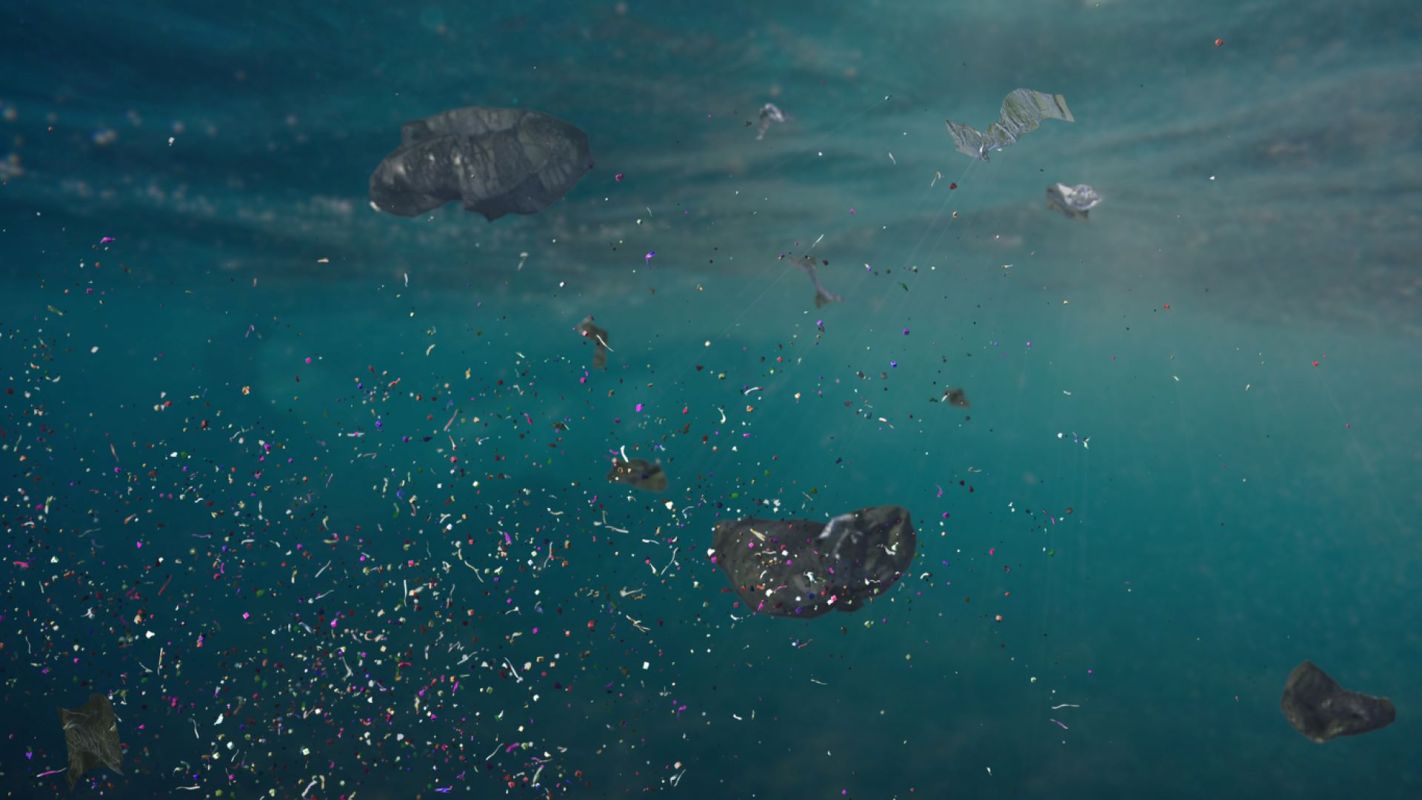New studies have revealed the dangers of microplastics. These tiny plastic particles are not only a major environmental threat but also a serious health risk.
A recent study in the 2023 Volume 2 issue of Eco-Environment & Health has identified the hidden dangers of microplastics spreading in bodies of water.
What's happening?
Microplastics are tiny plastic particles — no bigger than 5 millimeters — that come from industrial materials and the breakdown of plastic products. They have become a growing environmental concern due to their widespread presence throughout marine and freshwater ecosystems worldwide.
The new study reveals the alarming health risks associated with the spread of microplastics. According to the research findings, pathogens can adhere to microplastics, using plastic waste particles as a medium for transmission.
Researchers who worked on the study underscored the "urgent need for intensified monitoring of microplastic contamination." The study also calls for additional research investigations examining the "role of microplastics in pathogen transmission, along with the health risks that ensure."
Why are microplastics concerning?
Microplastics pose severe health risks to living organisms. Scientists have found microplastics in the stomachs of a variety of organisms, from small invertebrates to large mammals like bears, whales, and deer. When organisms ingest microplastics, the plastic waste particles build up and can cause inflammation, neurotoxicity, and gut imbalances.
From an environmental standpoint, microplastics leach toxic substances into the soil, air, and water. Since microplastics are made of synthetic materials, they do not break down, remaining in the environment and our bodies indefinitely.
Plastic pollution threatens the biodiversity of aquatic ecosystems especially, as scientists have already identified 24.4 trillion pieces of microplastics in the ocean. However, the total number of microplastics floating through the ocean is estimated to be much higher.
What's being done about microplastic pollution?
Countries across the globe are taking action by developing policies to prevent further plastic leakage into soil and water sources.
Scientists are also developing methods for effectively removing existing microplastics from contaminated bodies of water. One promising technique uses a magnetic nano-pillared absorbent to extract tiny plastic particles. This approach removes microplastics at a much faster rate than previous methods.
Individually, we can stop adding to plastic pollution by changing small habits that make a big difference.
Join our free newsletter for weekly updates on the coolest innovations improving our lives and saving our planet.









